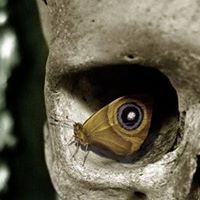In the Middle Ages, surgery was usually performed by members of which trade?
The barber surgeon is one of the most common medical practitioners of medieval Europe – generally charged with looking after soldiers during or after a battle. In this era, surgery was not generally conducted by physicians, but by barbers (who of course had a sharp-bladed razor as an indispensable tool of their profession). In the Middle Ages in Europe barbers would be expected to do anything from cutting hair to amputating limbs. Mortality of surgery at the time was quite high due to loss of blood and infection. Doctors of the Middle Ages thought that taking blood would help cure the patient of sickness so the barber would apply leeches to the patient. Physicians tended to be academics, working in universities, and mostly dealt with patients as an observer or a consultant. They considered surgery to be beneath them.
Due to religious and sanitary monastic regulations, monks had to maintain their tonsure (the traditional baldness on the top of the head of Catholic monks) and be bled regularly. This created a market for barbers, because each monastery had to train or hire a barber. They would perform bloodletting and other minor surgeries like pulling teeth or creating ointments. The first barber surgeons to be recognized as such worked in monasteries around 1000 A.D.
More Info:
en.wikipedia.org










